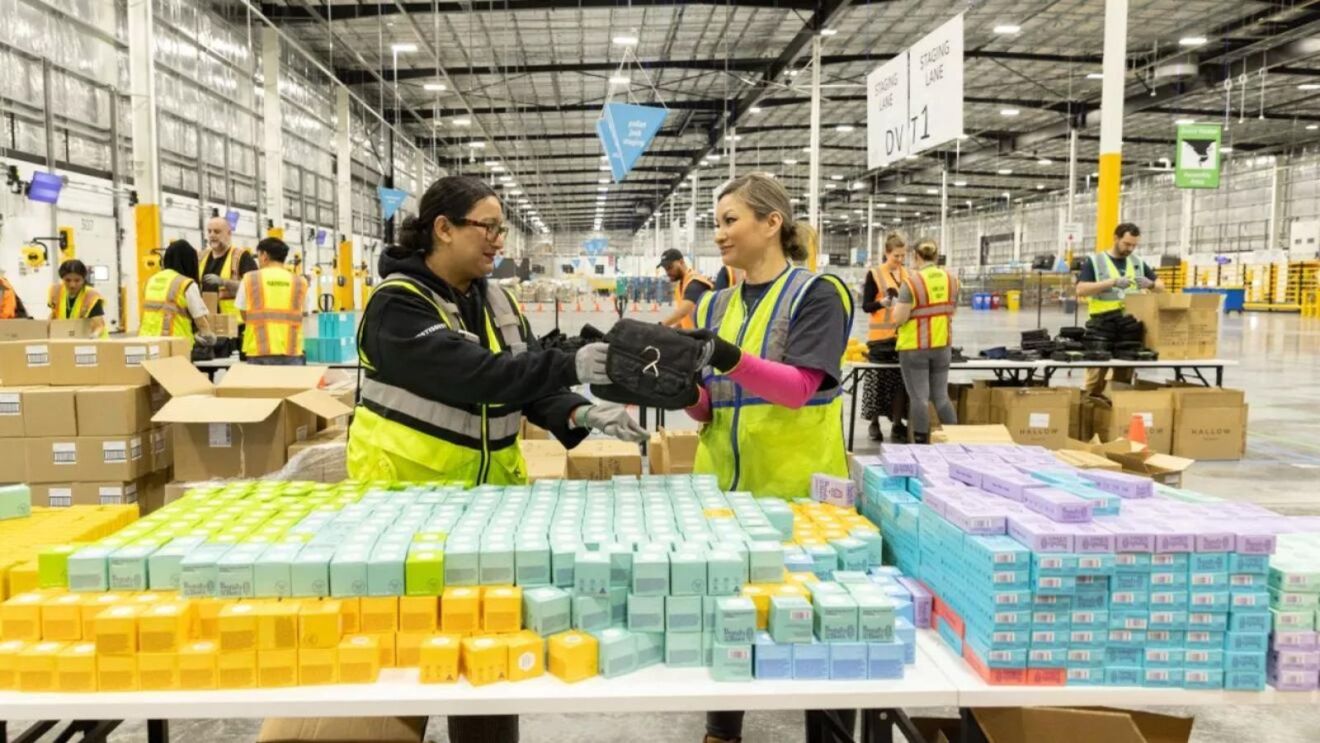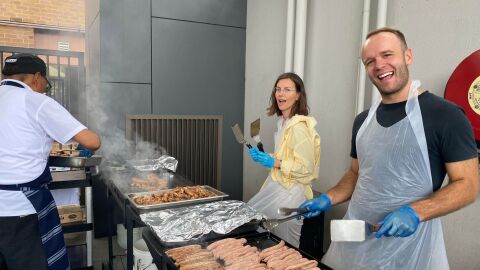With more than 650,000 disaster relief items delivered over the past four years to people around Australia affected by disasters—from floods and bushfires to droughts and a pandemic—Amazon is devoted to helping out when a crisis hits a community. Most recently, we worked with our non-profit partners to provide communities in Far North Queensland with more than 25,000 relief items after Tropical Cyclone Jasper tore through the coastline, causing heavy rainfall and strong winds, destroying hundreds of homes, and leaving remote communities stranded without power.
But how exactly does an operation like this come together smoothly and quickly during an emergency?
We spoke to Amazon In The Community Australia lead Charlotte Richardson to find out what goes on behind the scenes at an Amazon Disaster Relief Hub, and how an army of big-hearted volunteers works to deliver critical disaster relief kits to where they are most needed.















